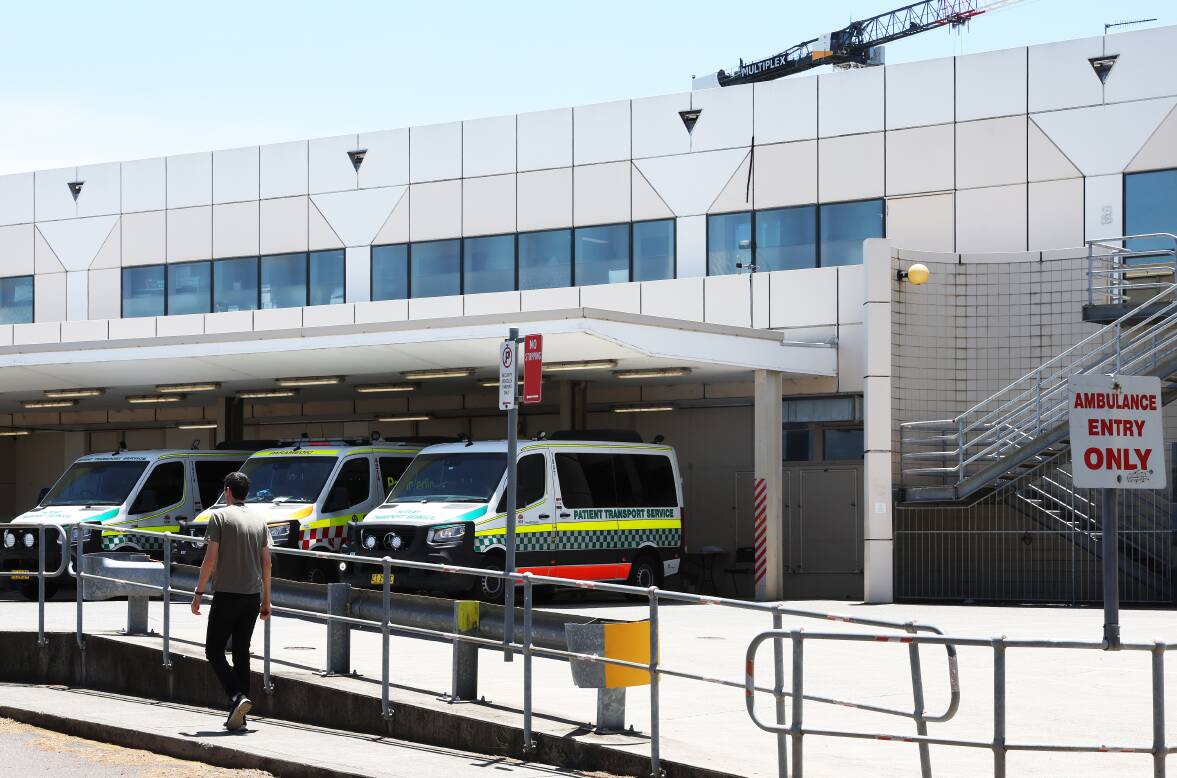
The COVID-19 wave sweeping through the Hunter New England Health district is the largest the region has seen in 12 months.
The combination of a new variant and the holiday season has seen cases spike at least 20 per cent in a month.
Hunter New England Health public health physician David Durrheim said the region was experiencing a "wave on top of a wave".
"We haven't seen this many patients in hospital [with COVID-19] for more than a year," Dr Durrheim said.
"In early December, we had the EG.5 variant circulating, which modellers said would be past us by the beginning of the new year.
"But they didn't allow for the new JN.1, which is clearly very infectious. We know that EG.5 was very infectious, and [JN.1] is out-competing it, so it's very infectious."
On Friday, there were 80 people in Hunter hospitals with COVID-19, three of which are in the intensive care unit, while there are active outbreaks in 17 aged care homes in the region.
The latest NSW Health fortnightly figures show there were 442 record COVID cases in the region, compared to the 367 in the same two-week period a month ago.
However, Dr Durrheim said the virus was most likely circulating more widely than the NSW Health data suggested, as there's no requirement to lodge positive PCR tests.
A more accurate way to track the outbreak was via the number of patients presenting with respiratory issues who returned a positive COVID-19 test.
"When there's a COVID lull, generally we have two to three per cent of those patients test positive, but in this current wave it's up to 15 per cent," Dr Durrheim said.
Both the EG.5 and JN.1 are descendants of the Omicron variant, however the new strain is so different to its predecessor it may receive its own name.
HNEH made face masks compulsory for all staff and patients at the John Hunter Hospital on January 1 in an effort to combat the spiralling outbreak.
NSW Health data shows there were more than 37,000 record cases in the Hunter New England last year, with the district making up 12 per cent of the state's total cases, the third most of any health district., behind Northern Sydney (also 12 per cent) and Western Sydney (14 per cent).







